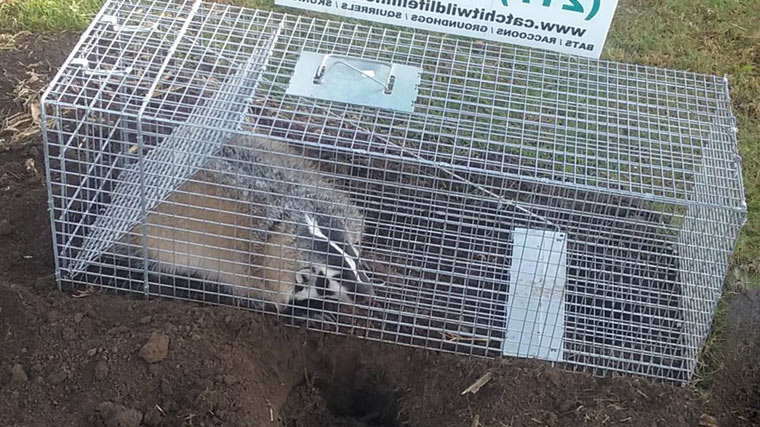-
info@aaanimalcontrol.com
Call us for help in your town
Humane Wildlife Education
Tools need by a nuisance wildlife operator
Need wildlife removal in your hometown? We service over 500 USA locations! Click here to hire us in your town and check prices - updated for year 2020.
There are many people out there who truly love animals, even while the ones. It doesn't matter where they live or what kind of animal may come across, they see all of the creations of God is a valuable member of this planet that we live on. To that end they want to do all that they can to care for and provide for these animals.

You may be such a person, and would really like to look after a stray raccoon, possum, skunk, snake, bird, or any other kind of animal that would come across your property. You love the idea of caring for these little critters, and believe that it is a calling for you to do so.
However, you are also fully aware that there are risks involved in this, and so you want to play it safe. If you are a person who wants to know what tools a nuisance wildlife operator needs, then here are some important ones for you to consider.
The first place you want to begin in dealing with any kind of wild animal is in protecting yourself. This means that you need to wear clothing and equipment that ensures that you cannot contract some kind of illness from one of these animals, and that you are protected from being bitten or scratched. To accomplish this, it is important to wear such things as boots, heavy gloves, thick clothing, goggles, a hat, and a respiratory mask. This makes it so that the animal cannot indirectly try to scratch you, nor can you contract some kind of illness by breathing in the matter or touching the waste of this critter. It may be uncomfortable, but the alternative is a lot worse.
If you feel like you are going to come in close proximity with an animal like this, it is a good idea to have a snare pole. If you are unfamiliar with this device, it is nothing more than a long pole that has a loop at the end, that looks very much like a noose. This allows you to be able to control the animal by placing the noose around the animal's neck, and then pulling on the latch on the pole so that you can reduce the amount of breathing that the animal is able to perform.
This may seem quite cruel, but it is a great way to be able to gain control of the animal without causing any harm. Once you pull on the latch, which tightens the snare, the animal will begin to relax to try to get as much air as possible. This will help to relax the animal and make it easier for you to control.
Other kinds of tools that you need will depend upon the kind of animal that you are trying to deal with. You may find that you will need such things as cages, then you may even need something like a cattle prod to be able to control the animal. It is really just a matter of what species you are dealing with.
For more information, you may want to click on one of these guides that I wrote:
How To Guide: Who should I hire? - What questions to ask, to look for, who NOT to hire.
How To Guide: do it yourself! - Advice on saving money by doing wildlife removal yourself.
Guide: How much does wildlife removal cost? - Analysis of wildlife control prices.
Animals in the attic - read about the common species.
Noises in the attic - how to identify critters by their sounds.


















